Can You Admire John Galliano's Work Without Fully Forgiving Him?
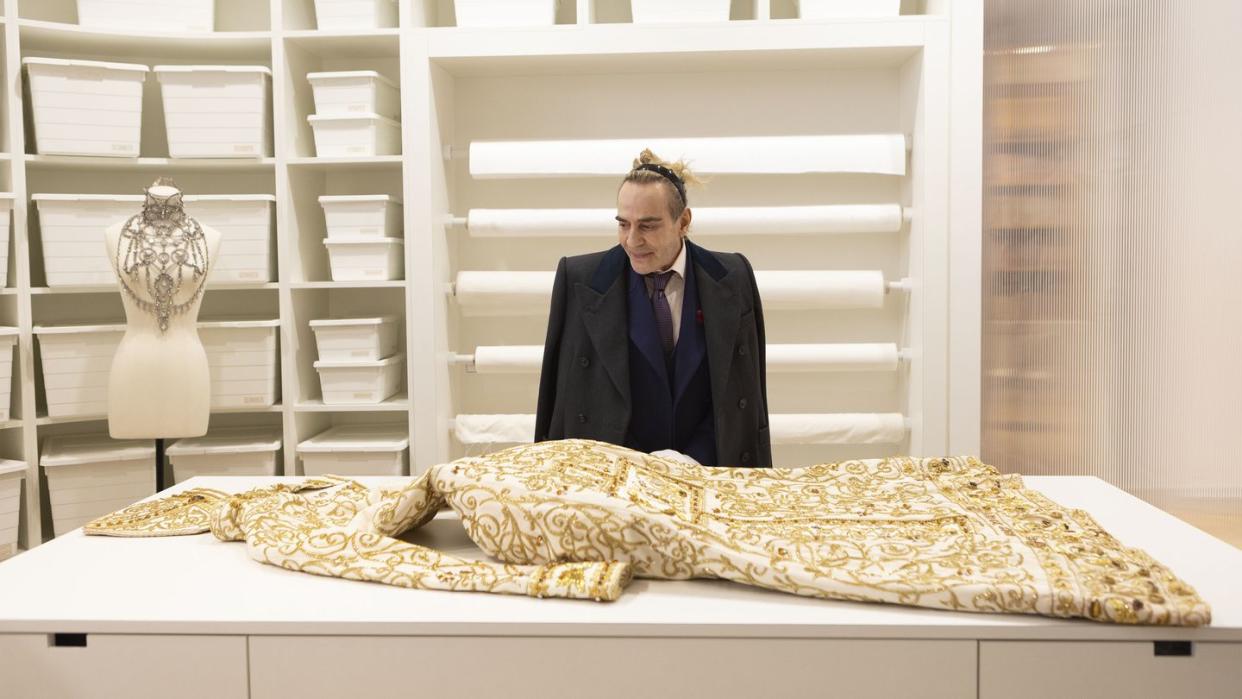
- Oops!Something went wrong.Please try again later.
- Oops!Something went wrong.Please try again later.
John Galliano’s most recent Maison Margiela couture show was universally well-received; an indisputable triumph. It felt like the first collection—since being fired from his creative director role at Christian Dior more than a decade ago—to fully conjure up the magic that made his fabled Dior collections of the late ’90s and early 2000s so thrilling. I saw, on my Twitter timeline, breathless excitement, hyperbolic gushing, from friends and colleagues. I loved seeing the return of the “old Galliano” so much that I almost forgot what got him sacked in the first place: he was caught on multiple occasions in 2011 making vile antisemitic (and in one case anti-Asian) comments to patrons at a Parisian cafe. In one instance, his rant—“I love Hitler. People like you would be dead. Your mothers, your forefathers, would all be fucking gassed.”—was captured on grainy cell phone video, which was then circulated around the world.
With its exaggerated silhouettes, off-kilter sensibility, and stagy, dark drama, this latest Margiela collection was a joy to see, but it also brought to mind a personal predicament, which has always been confounding for me: I’m both Jewish and a diehard Galliano fan. When I became interested in style as a teenager in the early 2000s, he was a god, and there is still a part of me who believes his grandiose couture creations for Dior are the absolute pinnacle of fashion, an exuberant zenith the likes of which we have not seen since. Galliano didn’t just design couture, but shaped my entire understanding of what Parisian fashion is supposed to be. Does it matter that somewhere in his subconscious there once was—and might still be?—some hatred directed at people like me?
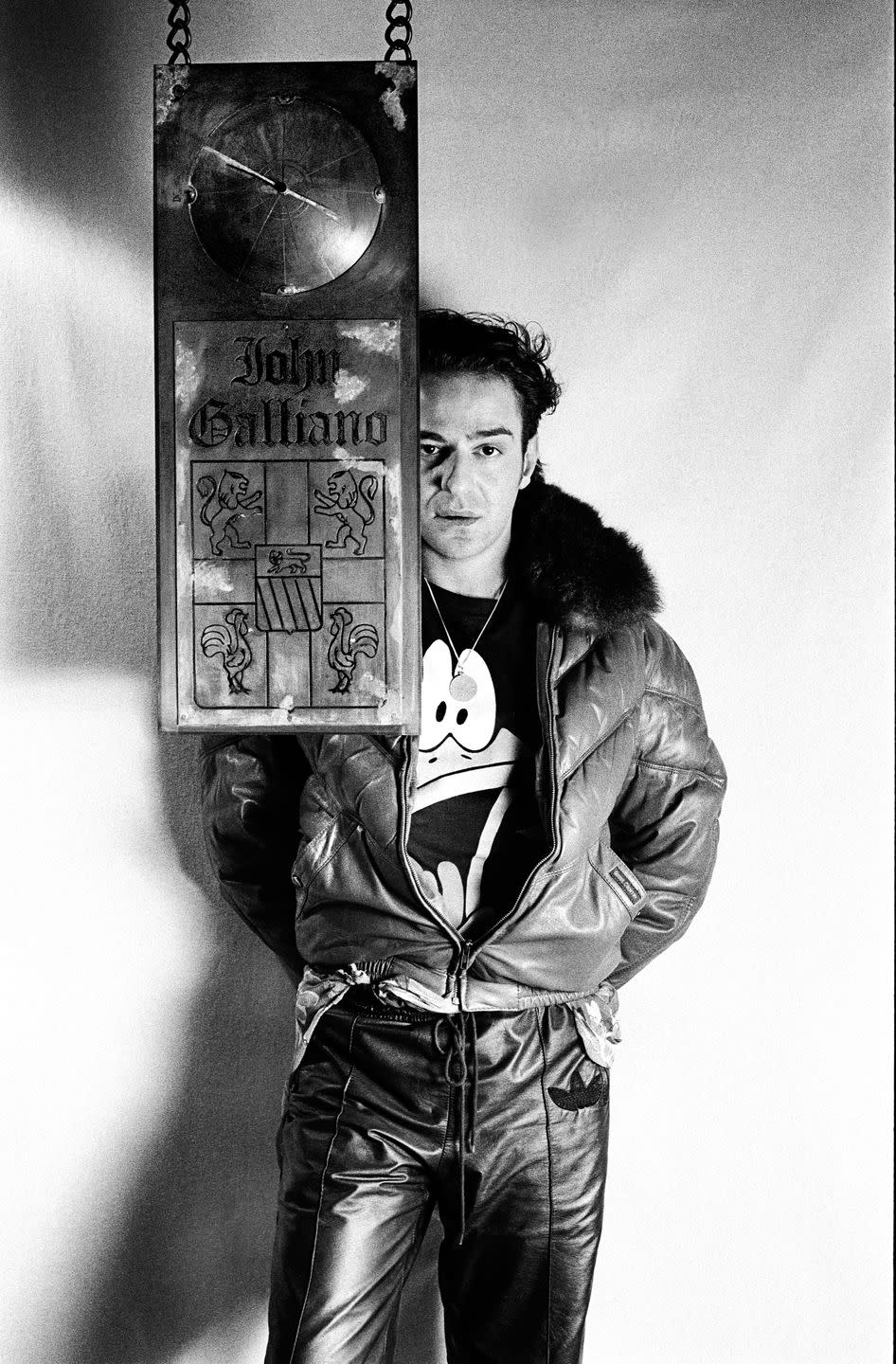
Whether one can separate the artist from the art is a particular thorn of our social media era, where bad behavior goes viral, and notes app apologies are ubiquitous but rarely adequate. It’s a question that can’t be entirely answered, but it should be wrestled with at least. Kevin Macdonald—an Academy Award-winning director who has previously made films about Whitney Houston, Bob Marley, and Idi Amin—has a new documentary High and Low that delves right into this sticky situation through an exploration of Galliano’s life both before and after the fall from grace. Though he was swiftly fired by Dior after the antisemitic incidents and he mostly receded from mainstream public life, more recently he has tiptoed his way back into the center of the industry with assistance from very powerful friends and a prestigious, if strategically under-the-radar role as the creative director of avant-garde fashion house Maison Margiela (where sales have been up since his appointment). He has apologized for his actions a few times over the years, and this movie could be seen as an attempt at a next step in Galliano reingratiating himself to the world at large.
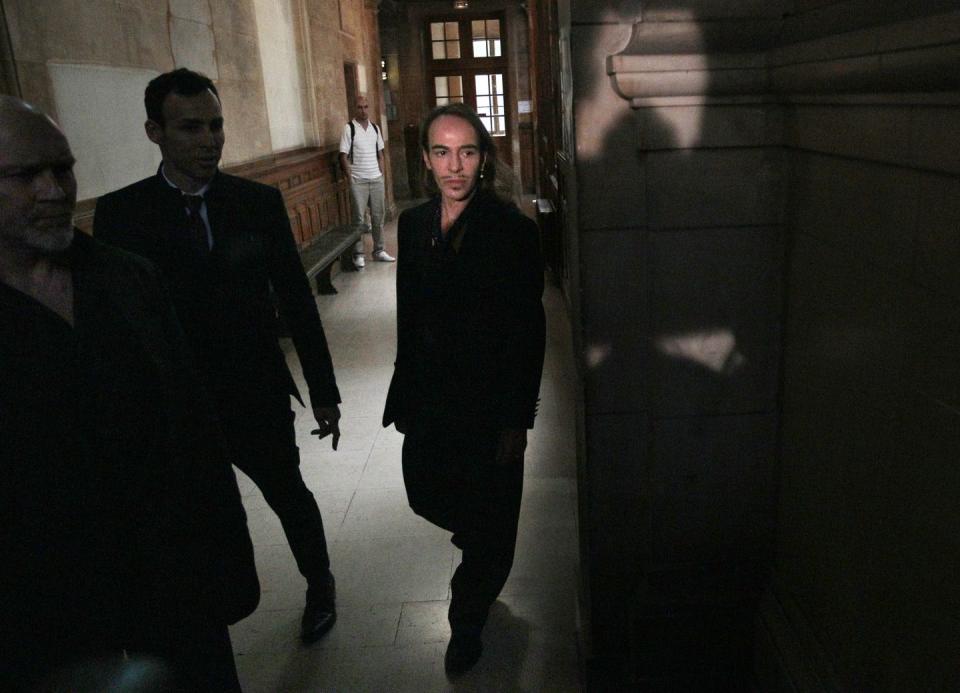
First, we get a picture of who the man is: born in Gibraltar, his family moved to London when he was six. His parents were serious Catholics, but his father was also abusive, and dismissive of his son’s quiet, creative sensibility. The boy’s talent for illustration, though, was undeniable. After studying at Saint Martin’s College of Art in 1984, he designed a graduate collection of fantastical clothes called Les Incroyables inspired by post-Revolutionary France, so gorgeous it was bought by a boutique even though Galliano was still a student. He developed his own codes quickly: centuries-old silhouettes imagined in new ways, wonderful romance and whimsy, dresses cut sexily on the bias, rips and tangles and frayed edges, plenty of ruffles and frou frou, and a glorious sense of theatricality in how he presented everything.
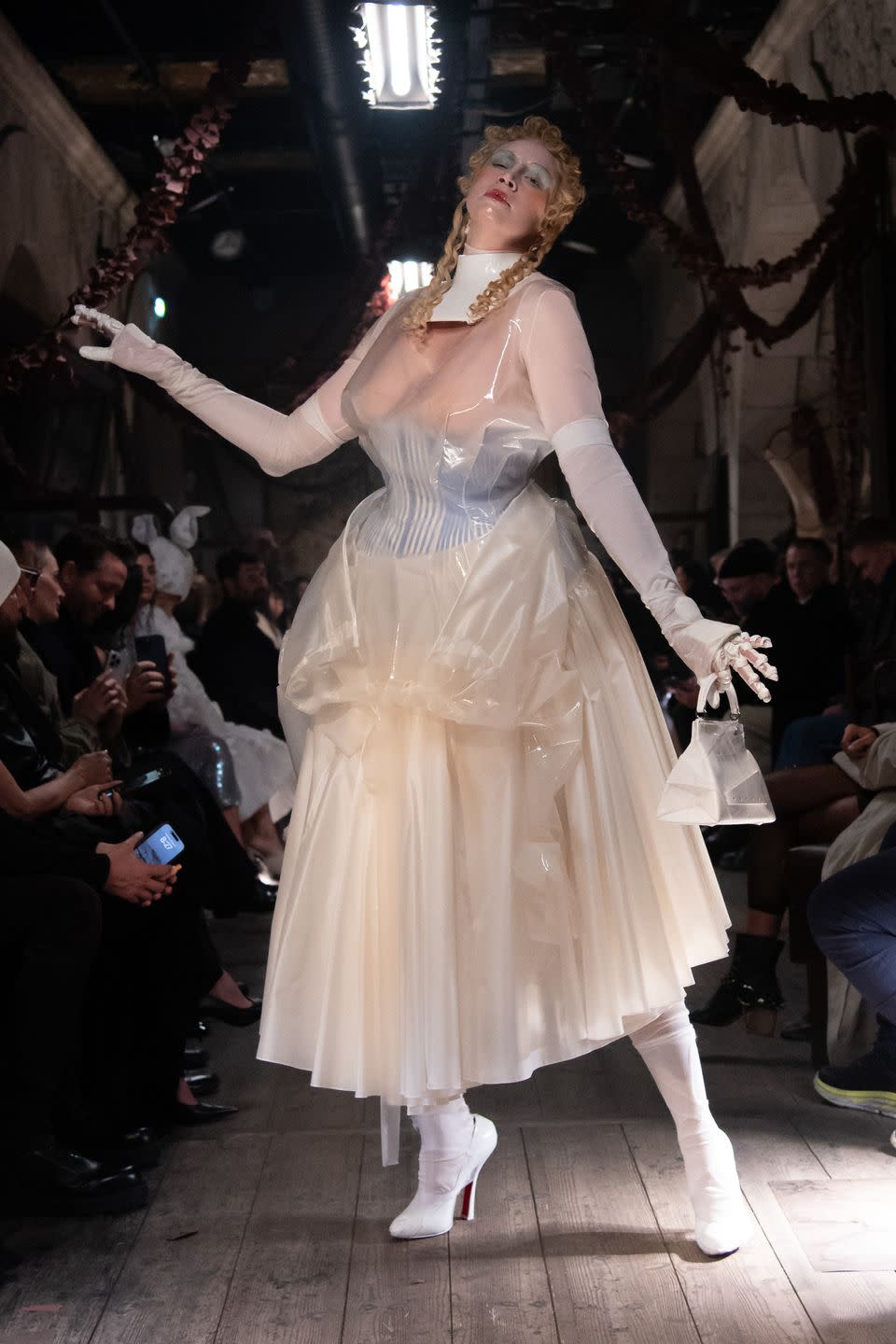
After years of producing his eponymous line, he caught the eye of luxury conglomerate LVMH and was hired as designer for their brand Givenchy in 1995 as a kind of test case for what would come next: the creative director role at one of the biggest and most iconic French fashion houses, Christian Dior. There he would produce seasonal collections but also haute couture, allowing his ideas to be translated into reality with the assistance of just about the best atelier in the business. He became known for over-the-top presentations, each one inspired by a historical theme or far flung location; though, as the movie explores, his preoccupation with various cultural touchstones often bordered on insensitive appropriation, there were moments of cinematic genius, like for Spring 2004, when he used gold leaf and organza to bring Nefertiti and King Tut alive on the runway. “You realize the fecundity of his imagination, the richness of his technique,” says Macdonald, who wasn’t anything close to a fashion fanatic before making the film. “You see how obsessed he is. You see that it's deeply personal to him. And that's why to me, it becomes art. Not just, ‘Oh, I'm going to make a beautiful dress.’ They come out of something that he is not consciously in control of. His influence is just going to spill out of him.”
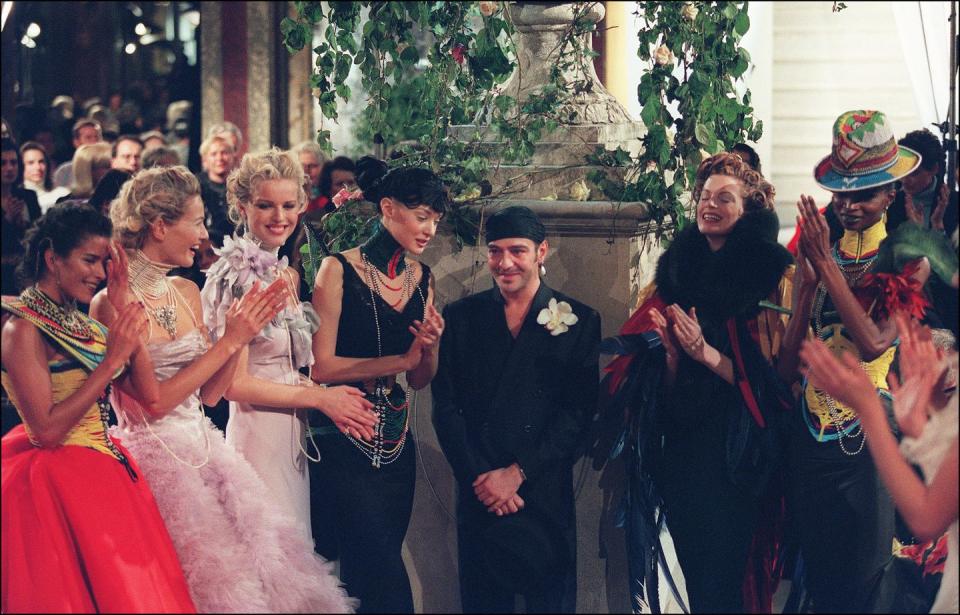
Then, we start to see things fall apart. Both Macdonald and Galliano dwell on the exhaustion and stress of the Dior job—Galliano estimates that at one point he was in charge of over 50 collections a year, from children’s wear to sunglasses—and wonder whether or not the industry enabled, even encouraged, reckless behavior. In one depressing moment, LVMH arranges for a private jet to fly him to his father’s funeral and return him home immediately after so that he can complete an upcoming collection, without even allowing him to spend the night. “That's not normal. On his behalf or on the behalf of Dior,” says Macdonald. “They got him a plane so he could come back the same day, so that he could continue to work, so that the company didn't lose any money. It shows that there's a sort of mental capture that's happened.” He drinks and takes pills to deal with the pressure, and Dior keeps bailing him out of trouble; on one odd occasion, he is kicked out of the Ritz for closing himself up in the hotel’s elevator, completely naked, telling people he’s a lion, and is saved from further punishment thanks to the connections and pull of Dior CEO Sidney Toledano.
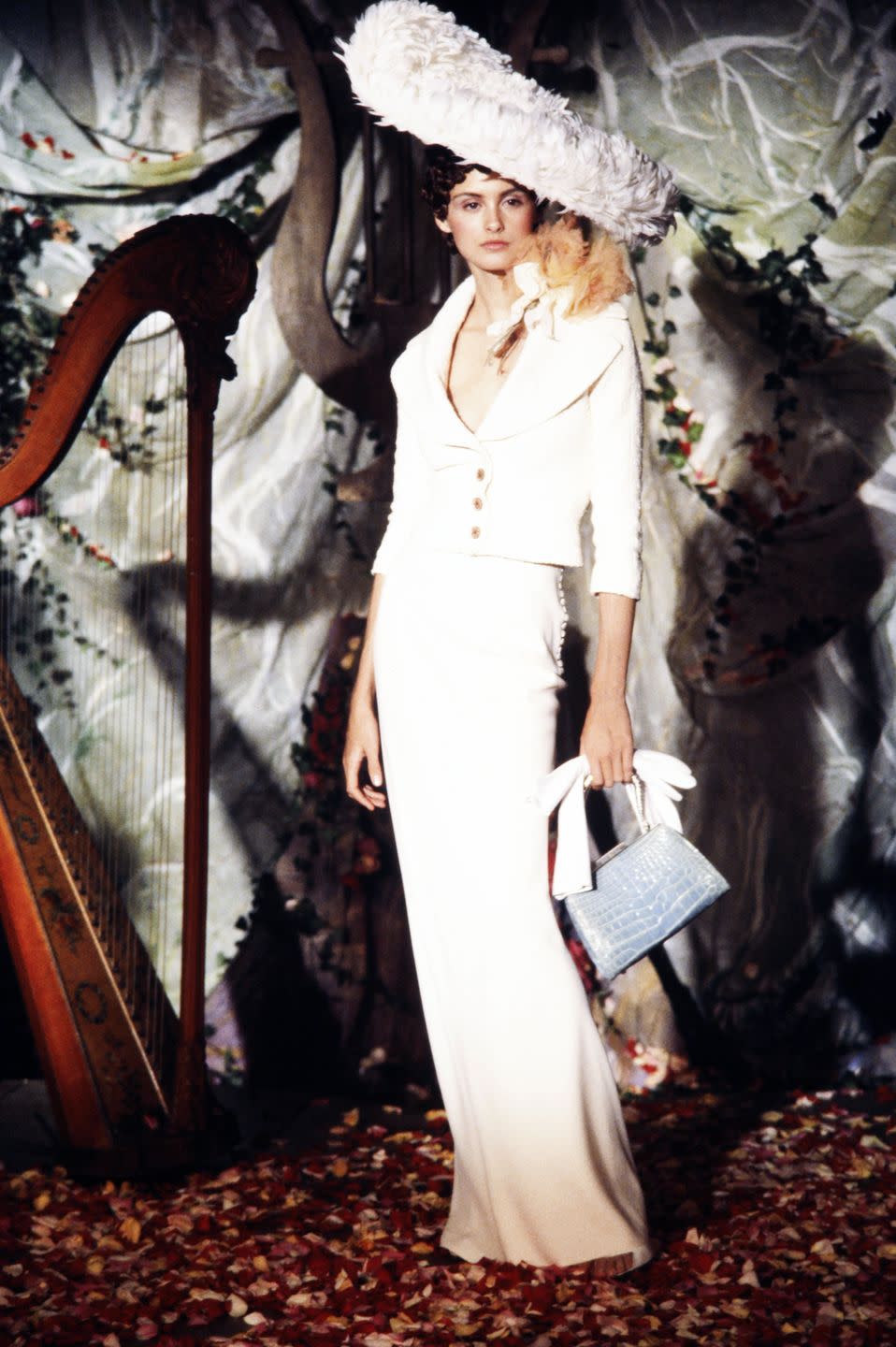
Of course, what comes next is the sad punctuation to a once-glorious career. After the death of a close friend and colleague and the suicide of fellow designer Alexander McQueen after similar kinds of stresses, Galliano was caught making his now-infamous hateful comments in Paris and fired from his job. The film offers a number of explanations for how this disgusting antisemitism might have seeped into his mind and out of his mouth, though it intentionally refrains from attempting to provide an answer There was, the film posits, the racism of South London during his childhood in the 1960s and ’70s; the general hatred of Jews that lurks always in the collective unconscious, particularly in Europe; a drug-and-alcohol-addicted man babbling revolting things; a cry for help; a way of self-sabotaging himself out of a job that was killing him. “How can I know what's going on inside somebody else's head? Ultimately, it’s the unknowability of this,” admits Macdonald. “I don't think I can ever definitively answer the reason.”
[/image]
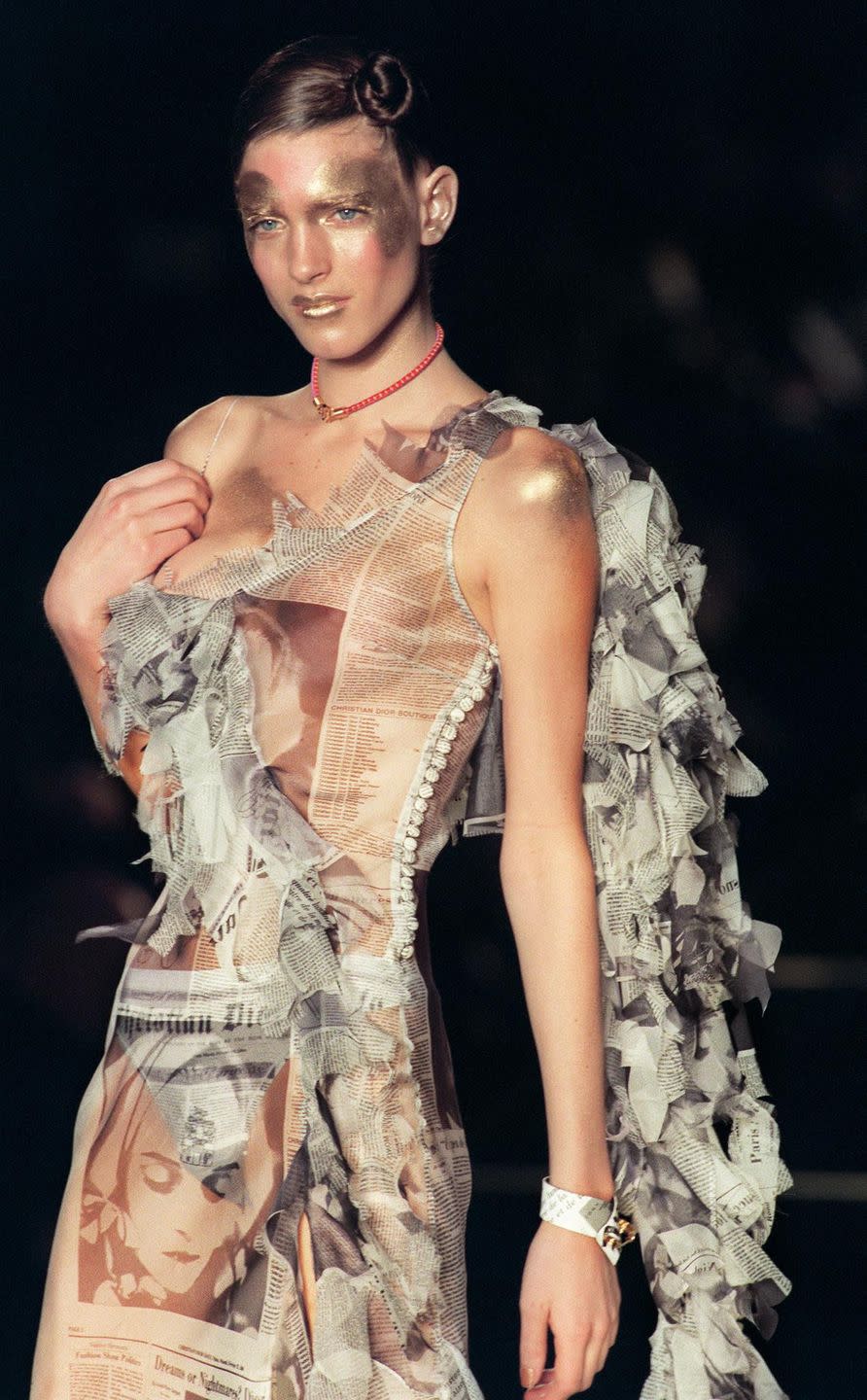
Whatever it is, there is punishment and then an attempt at redemption. A court case in France, where expressions of antisemitism are illegal, hands him a guilty plea and a financial fine. Kate Moss hires him to design her wedding dress. Galliano meets with Jewish leaders and Rabbis to attempt to understand and apologize for his own actions, though it takes him seven whole years to personally apologize to his former close colleague and boss Toledano, who is Jewish. Galliano offers general contrition repeatedly, up to and including in this film. “He said to me, ‘I don't expect people to forgive me, but I want to try and explain myself,’” says Macdonald. “It's an opportunity for him to be there face to face with an audience, so that he can say what he thinks happened, and explain it himself.”
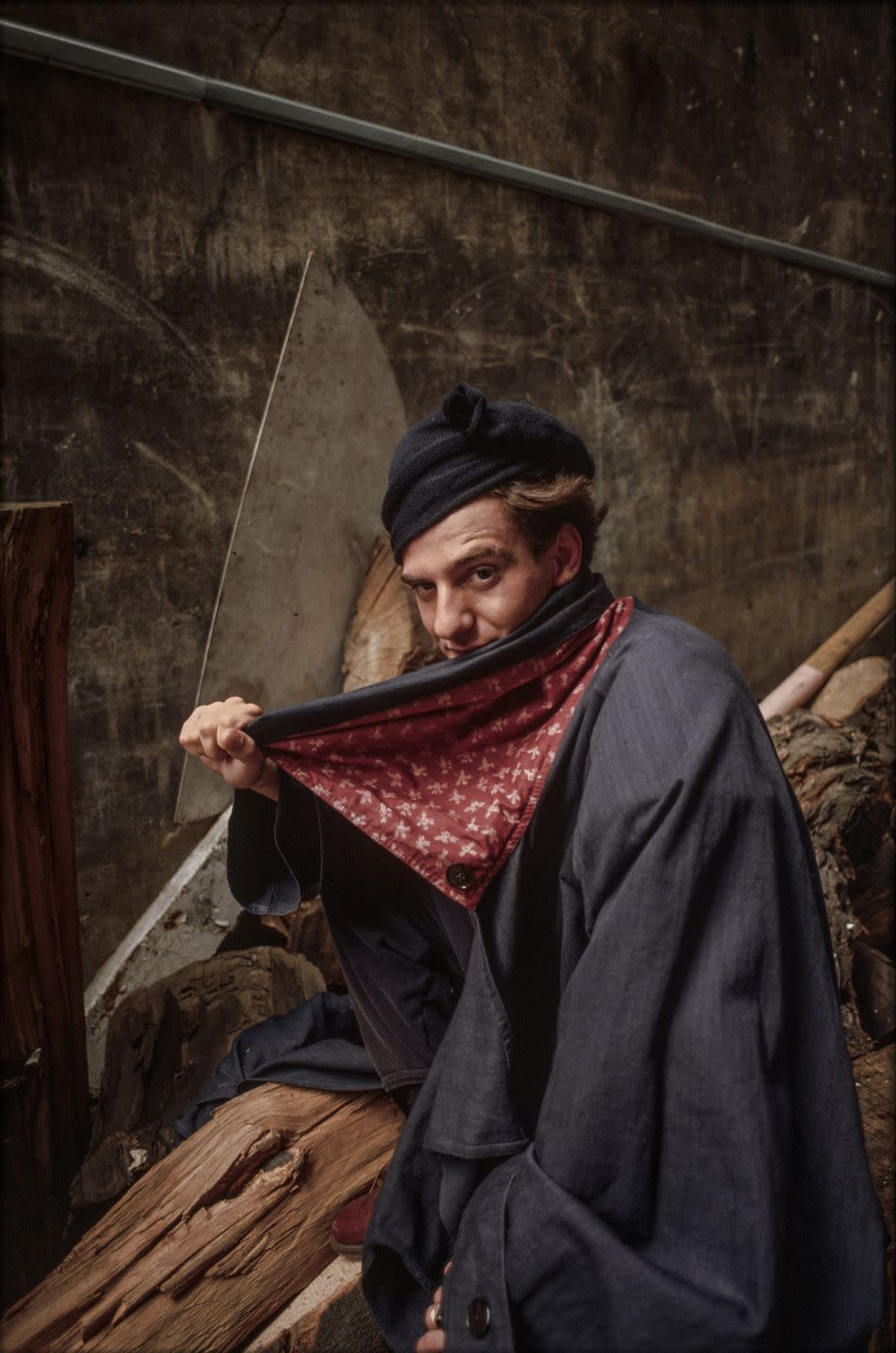
But if the film is a kind of reparation from Galliano, there are moments that undercut the genuineness of his repentance. One in particular is incredibly disturbing: when confronted with the play-by-play details of the antisemitic incidents, he forgets that there are—and has to be reminded of—more than one interaction to feel ashamed of. His partner Alexis Roche, off screen, shouts to him that he actually made such comments on multiple occasions, and still, Galliano can’t grasp the details. You could interpret this as a man with a history of substance abuse misremembering the now-somewhat-distant past, but it’s hard to believe that he has, as he claims, spent the last decade deeply contemplating and reflecting on his deeds when he’s this hazy on what he actually did. “I think it's incredibly revealing,” Macdonald says of the slip-up. “In my mind, it's because he is a bit of a fantasist. And he has built a story which is acceptable to his conscious self. It makes him feel not so bad about this. ‘It happened once. I was in a terrible state and I just went off.’ I think that's in keeping with the guy you see, who is into escape and fantasy, and clearly has trouble facing up to the tough things in life.”
At the end of the film, Macdonald catches Galliano in a strange act: at the conclusion of one of his Margiela shows, right at the curtain call, Galliano turns from the stage and begins to sprint off. Macdonald chases him through hallways and up stairs but ultimately Galliano disappears behind closed doors. I asked Macdonald where Galliano was running to, but he said that the designer, once known for his love of the celebratory post-show bow, was in fact running from the crowd, the press, his friends and colleagues. “It's him still escaping. Running away from reality,” says Macdonald. “There’s something about fashion and the repression of reality that happens in order to make beautiful things. Nobody talks about the bad stuff because we are here to provide the fantasy, the escapism. Let’s not look down. Let's look up and talk about the clouds and the trees.” And that’s the really the takeaway here: no matter how beautiful we believe the facade of his art to be, can’t we at least be expected to deal with—instead of run away from—the ugly truths underneath as well? High and Low doesn’t fully answer the question of whether or not Galliano has genuinely reckoned with his past offenses, but it does ensure that we, as the fans, have no choice but to see beneath the surface of things, no matter how shiny and pretty that surface may be.
You Might Also Like

